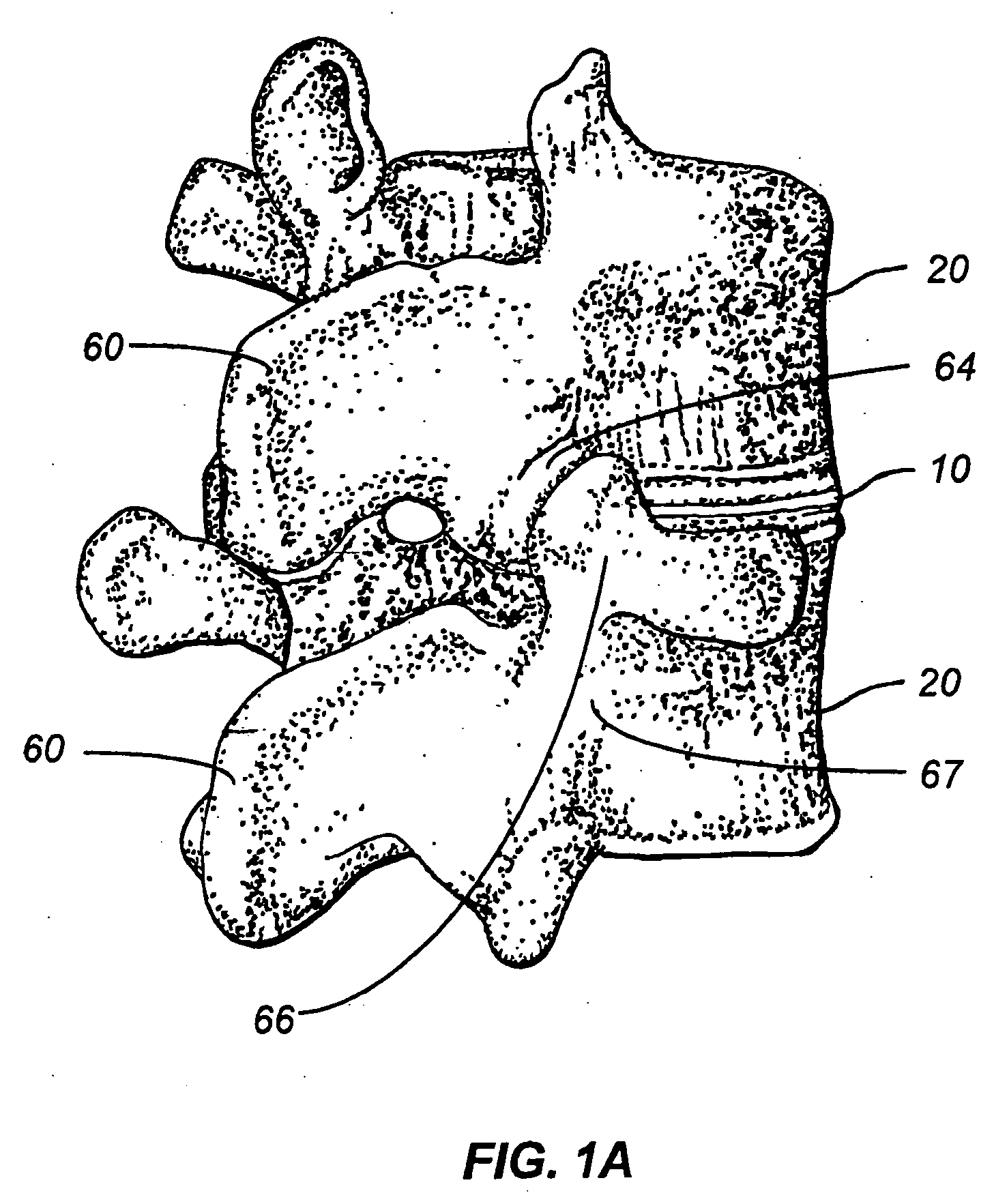Percutaneous endoscopic access tools for the spinal epidural space and related methods of treatment
- Summary
- Abstract
- Description
- Claims
- Application Information
AI Technical Summary
Benefits of technology
Problems solved by technology
Method used
Image
Examples
Embodiment Construction
[0049]FIG. 2A illustrates an embodiment of a spinal access device 110 of the present invention. The spinal access device 110 includes a pair of working channels 113, 114 in a distal end 112. Additionally, the spinal access device 110 has a visualization port 115 covered by a shaped atraumatic tip 118. The visualization port 115 is used by illumination, visualization and / or imaging components to provide direct visualization capabilities for the spinal access device. In one aspect, the visualization port 115 may house one or more conventional illumination, visualization, analytical and / or imaging components used to illuminate, visualize, analyze or image the surrounding anatomical environment. The spinal access device 110 is illustrated within a conventional trocar or introducer 102. The trocar 102 has a distal tip 104, a proximal end 106 and a lumen 108 there through. The trocar 102 and lumen 108 are selected and sized to receive the spinal access device 110.
[0050] In one embodiment...
PUM
 Login to View More
Login to View More Abstract
Description
Claims
Application Information
 Login to View More
Login to View More - R&D
- Intellectual Property
- Life Sciences
- Materials
- Tech Scout
- Unparalleled Data Quality
- Higher Quality Content
- 60% Fewer Hallucinations
Browse by: Latest US Patents, China's latest patents, Technical Efficacy Thesaurus, Application Domain, Technology Topic, Popular Technical Reports.
© 2025 PatSnap. All rights reserved.Legal|Privacy policy|Modern Slavery Act Transparency Statement|Sitemap|About US| Contact US: help@patsnap.com



